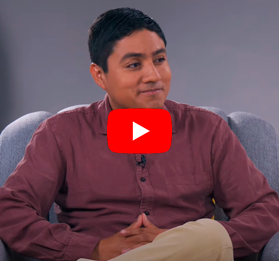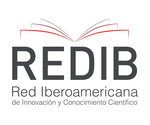Características de los grados de afectación del nervio facial y la discapacidad facial en pacientes con parálisis facial periférica de un año de evolución.
DOI:
https://doi.org/10.20453/rhr.v1i1.2890Abstract
Objetivos: Determinar las características de los grados de afectación del nervio facial y la relación con la
discapacidad facial en pacientes con parálisis facial periférica de un año de evolución. Material y Métodos: Estudio
tipo Observacional, correlacional, transversal. Se estudió 43 pacientes diagnosticados con parálisis facial periférica.
Se les evaluó usando la escala House-Brackmann 2.0 y el Índice de Discapacidad Facial, posteriormente se
describieron las características según sexo, edad y determinó la relación entre ambas medidas usando el coeficiente
correlación de Pearson.Resultados:Se encontró una fuerte correlación entre los grados de afectación del nervio
facial y el Índice de discapacidad facial subescala física (r= -0.85, p< 0,001), para los grados de afectación del
nervio facial y el índice de discapacidad facial subescala social (r= -0.74, p<0,001). Los pacientes mayores de 60
años reflejaron puntajes superiores en el grado de afectación nerviosa y mayor discapacidad facial. Así mismo no se
halló diferencia importante entre varones y mujeres para los grados de afectación del nervio facial. Conclusiones:El
grado de afectación nerviosa está relacionado con la discapacidad facial y esta asociación es mayor con la dimensión
física. La característica sexo no es determinante en la gradación de la afección del nervio facial.
Downloads
Downloads
Published
How to Cite
Issue
Section
License
All articles published in the Revista Herediana de Rehabilitación are under a Creative Commons Reconocimiento 4.0 International license.
The authors retain the copyright and grant the journal the right of first publication, with the work registered with the Creative Commons License, which allows third parties to use what is published whenever they mention the authorship of the work, and to the first publication in this magazine.
Authors can make other independent and additional contractual agreements for the non-exclusive distribution of the version published in this journal, provided they clearly indicate that the work was published in this journal.
The authors can file in the repository of their institution:
The research work or thesis of degree from which the published article derives.
The pre-print version: the version prior to peer review.
The Post-print version: final version after peer review.
The definitive version or final version created by the publisher for publication.











 Esta obra está bajo una
Esta obra está bajo una 